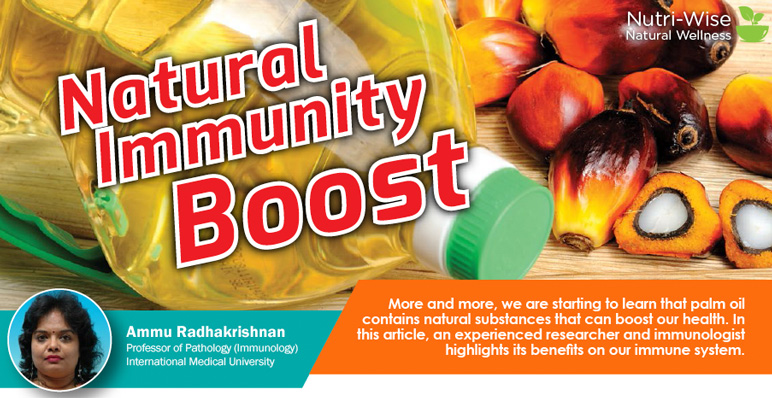Abstract
Asthma, a heterogeneous disease with multiple phenotypes, remains a significant health problem. Present treatments are not curative and prevention should be our ultimate goal. Vitamin E supplementation presents a potential easy and cheap preventive therapy but the results of studies are confusing and sometimes contradictory. Clarification is needed.Animal studies and research in pregnant women suggest enhanced lifetime resistance to asthma with appropriate fetal exposure to vitamin E. Vitamin E‘s preventive role is complex and includes functional variations of the different isoforms. Expert commentary: We review the most recent literature on the role of vitamin E isoforms on: lung inflammation, immune development, animal and clinical studies during pregnancy, and the potential influence of vitamin E isoforms on asthma development in offspring. We point out where data are seemingly contradictory, explain why this is so, and comment on where further clarifying research is needed and its future direction.

 V
V